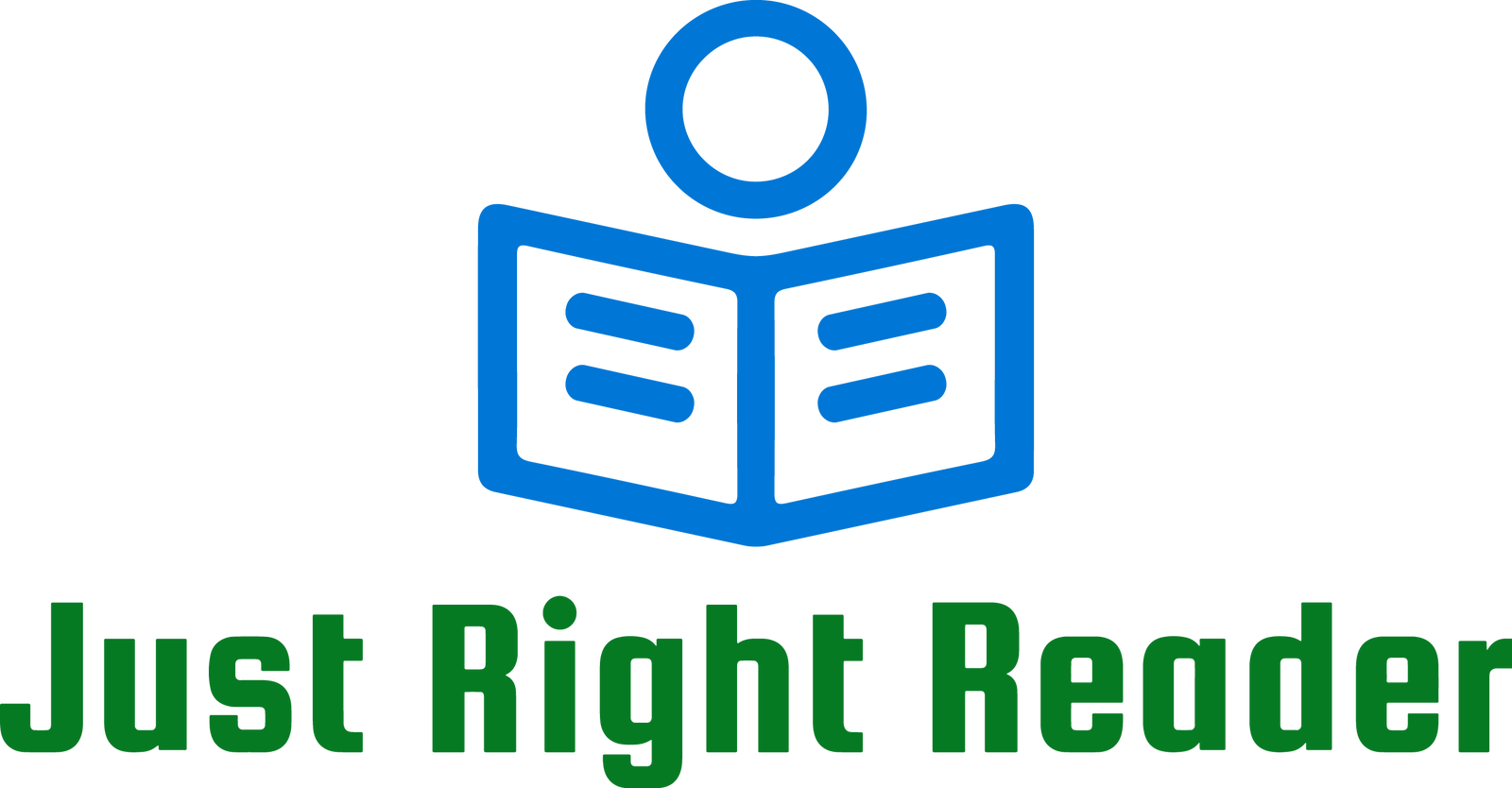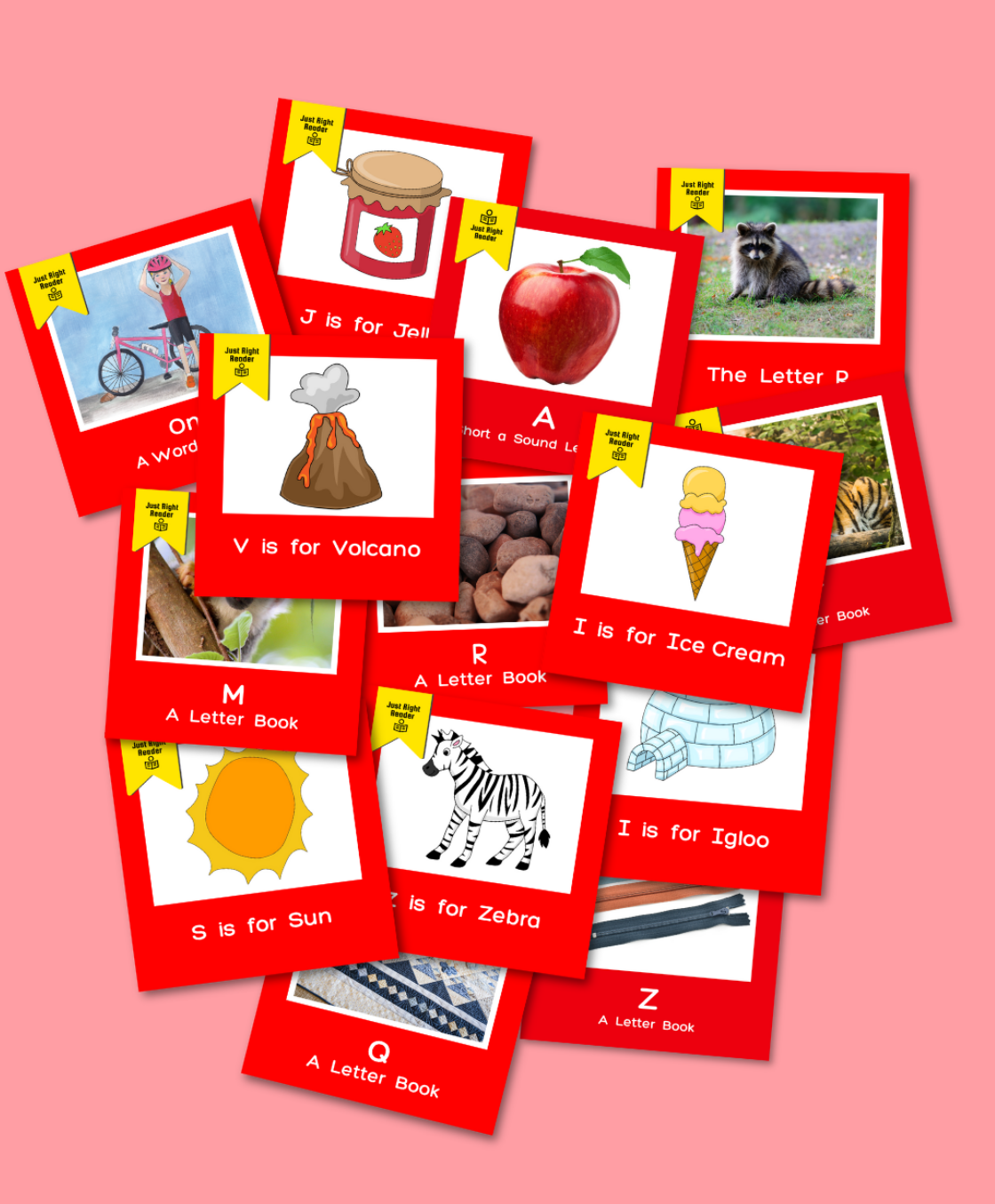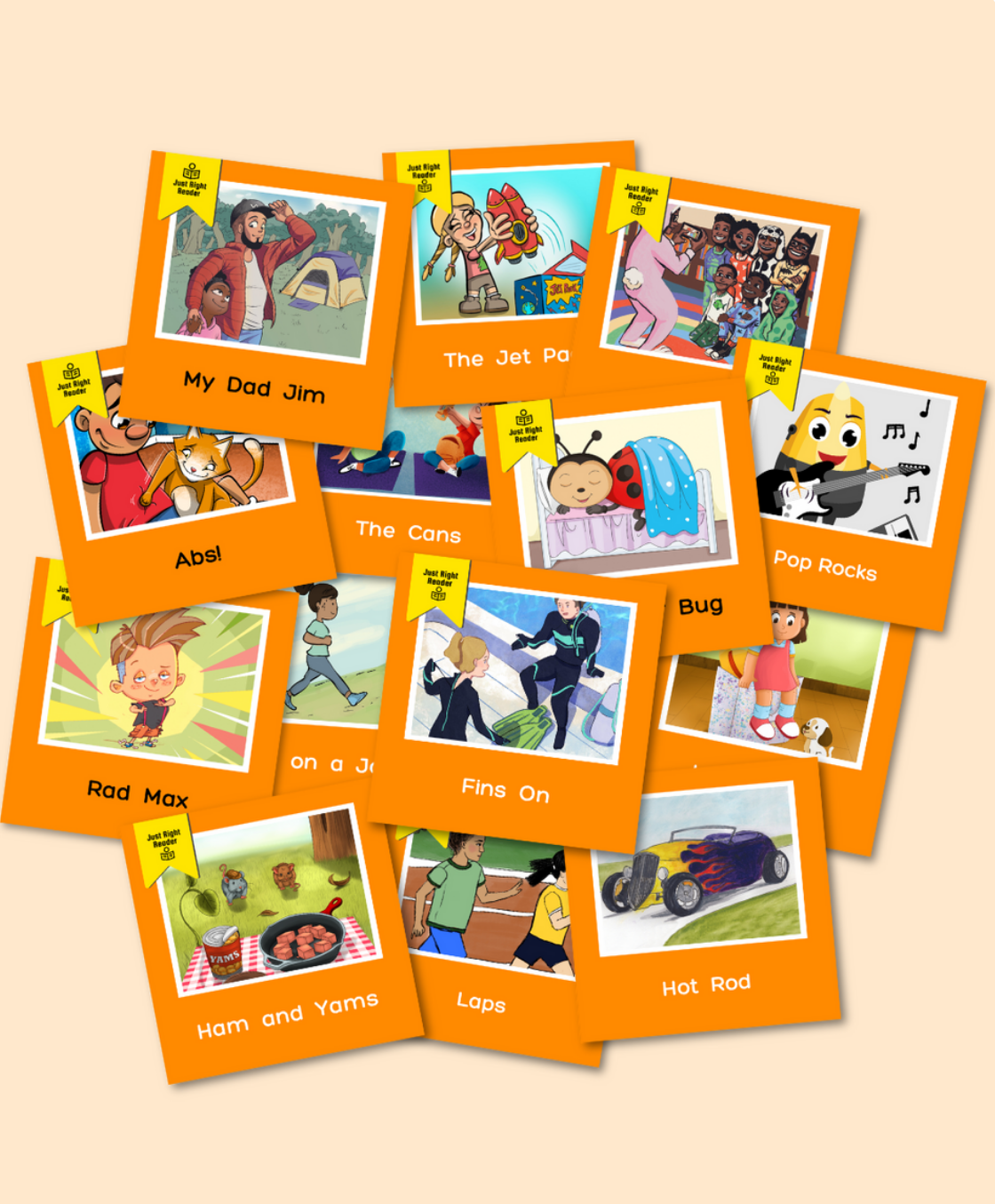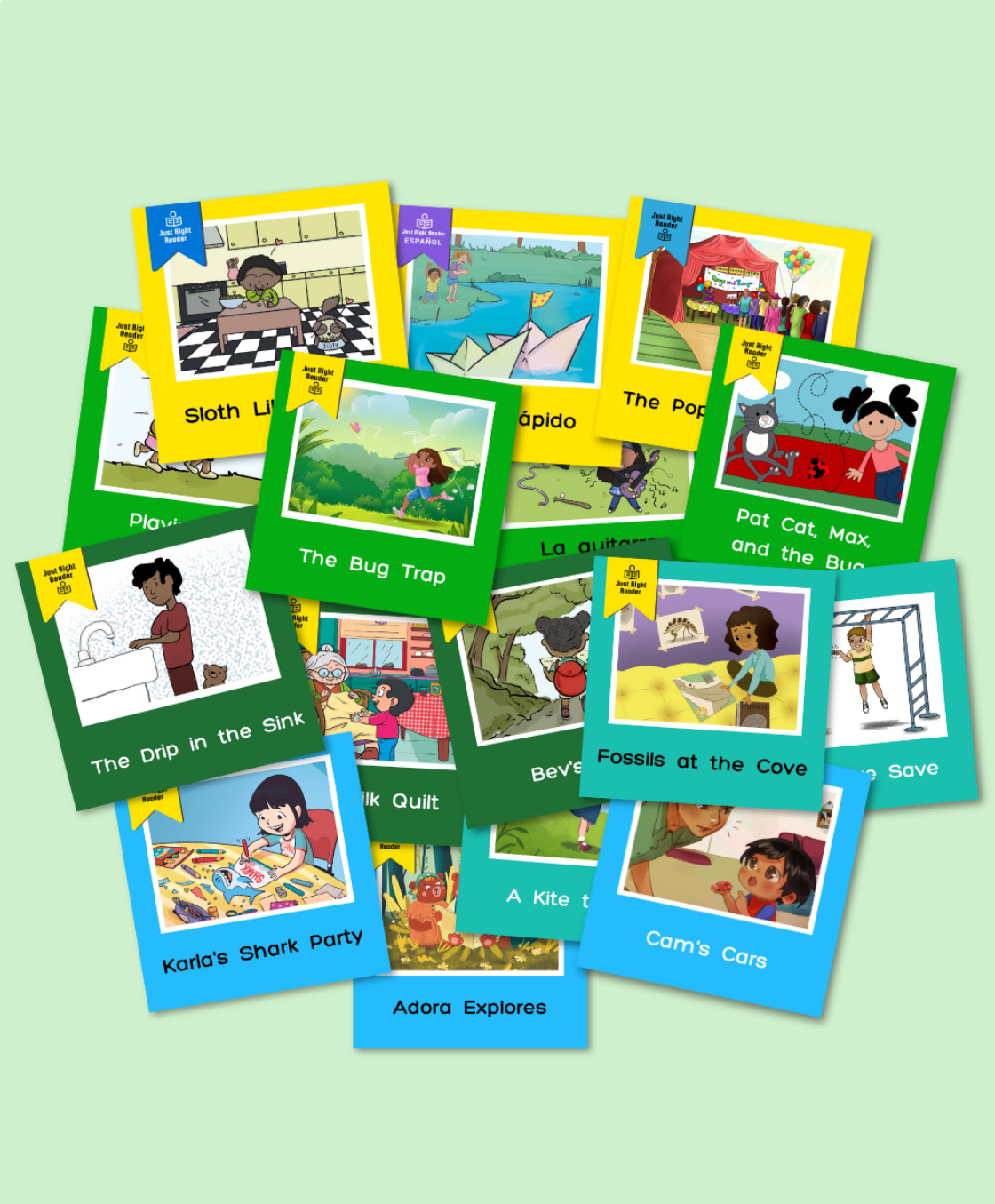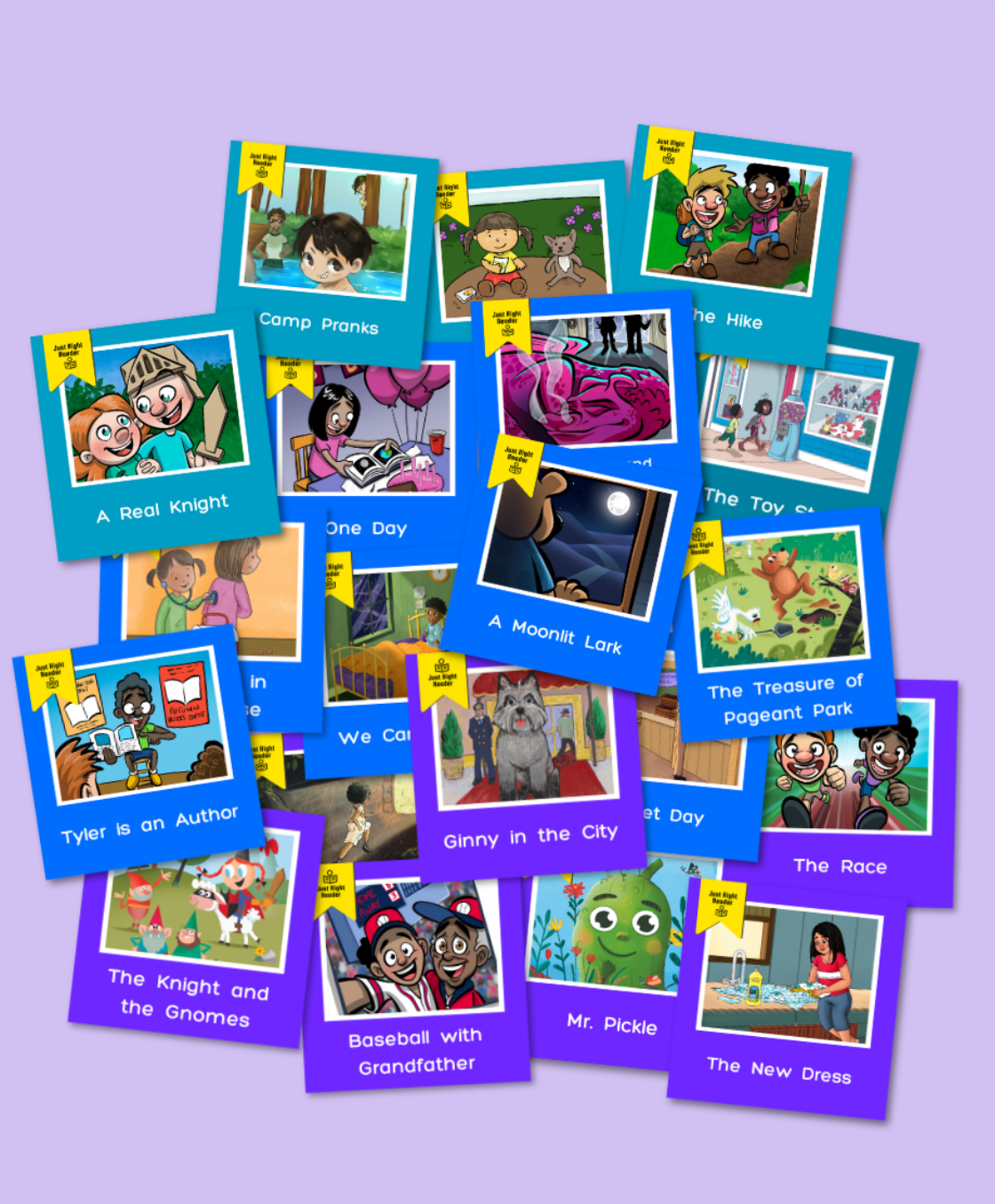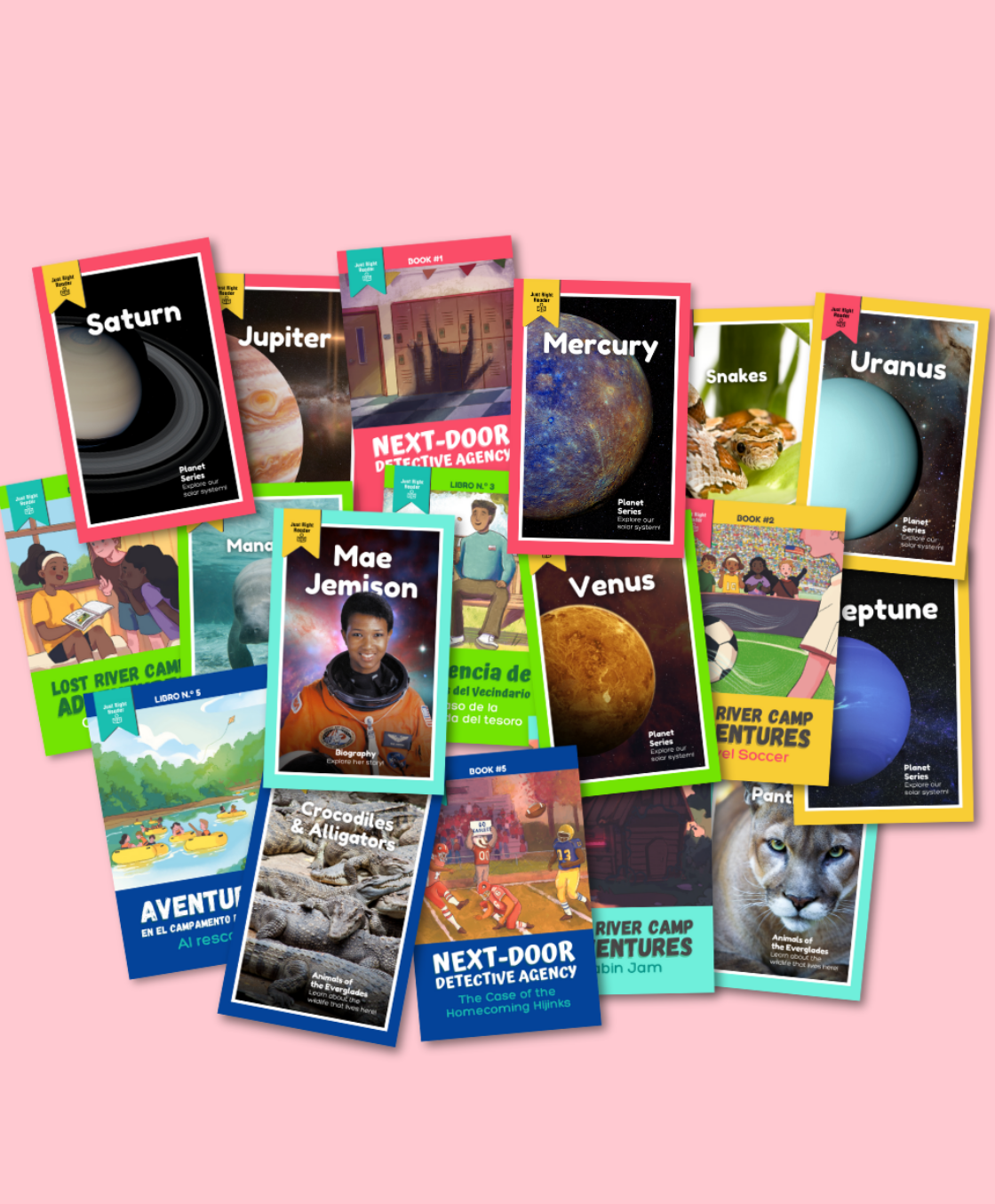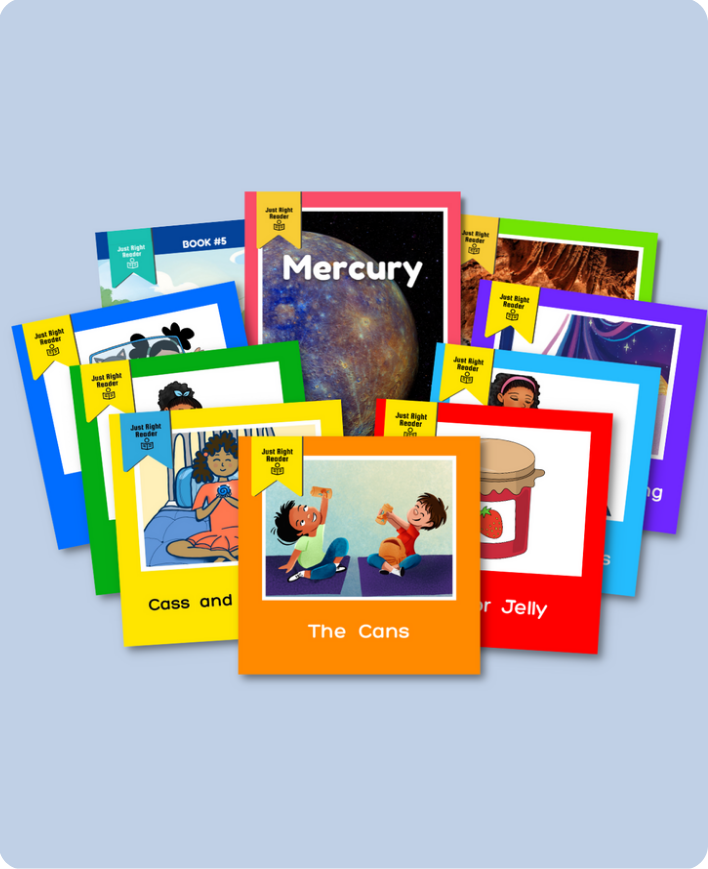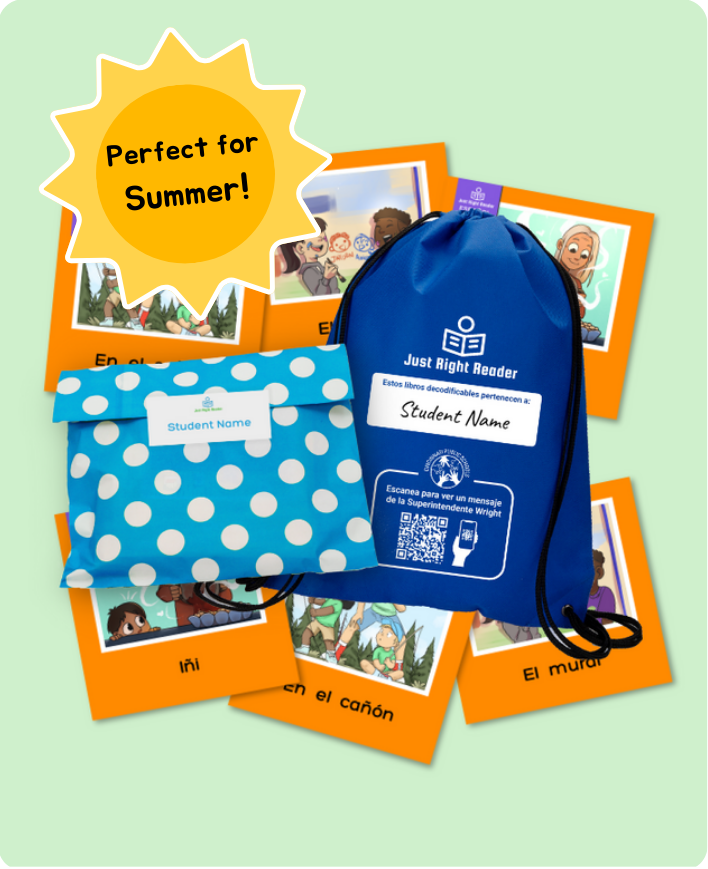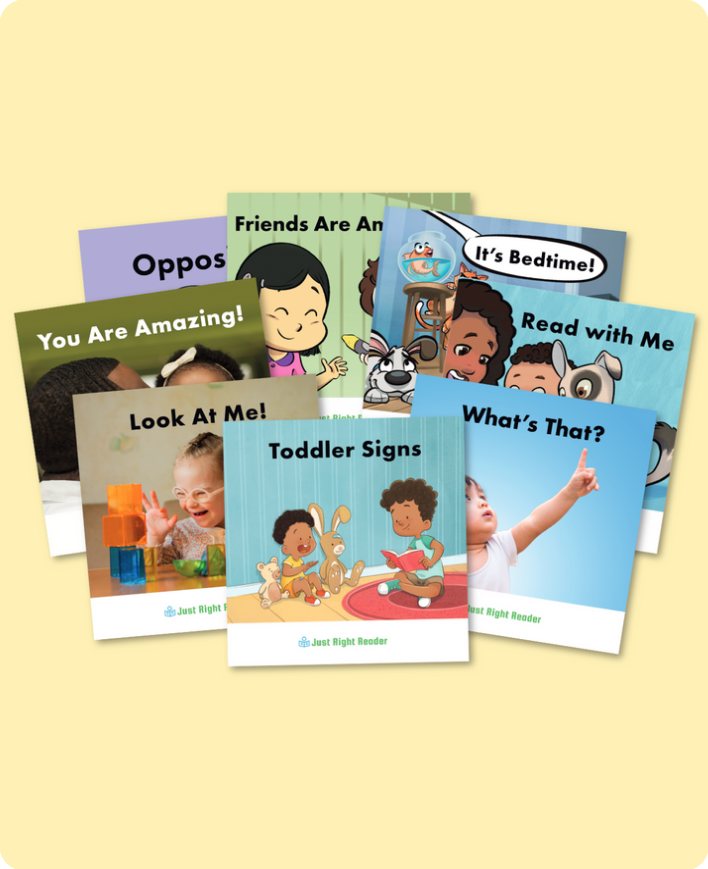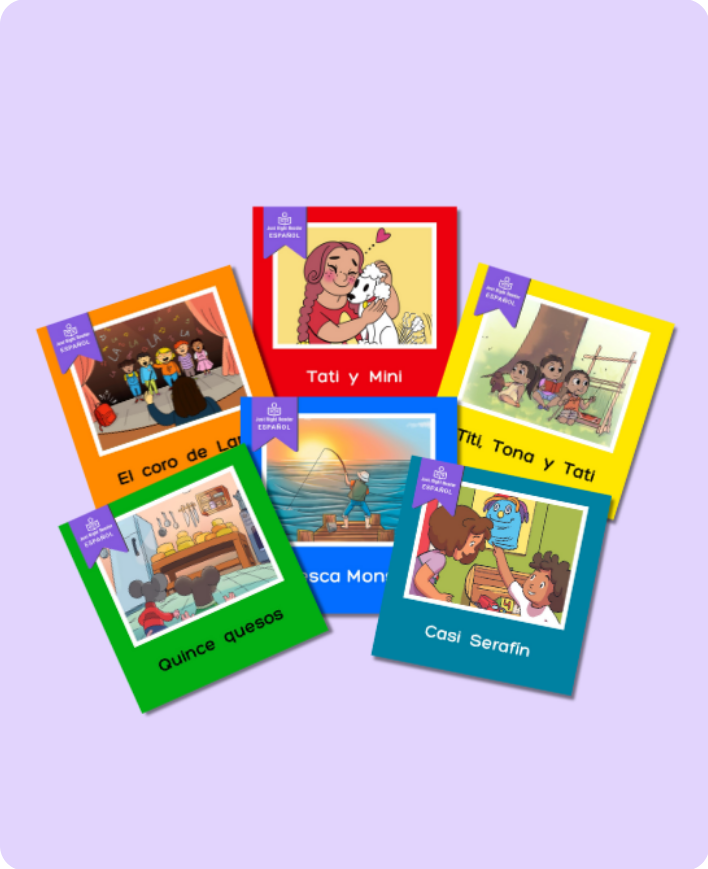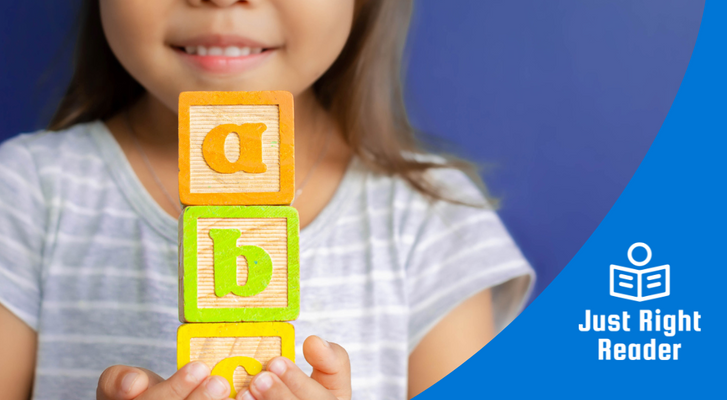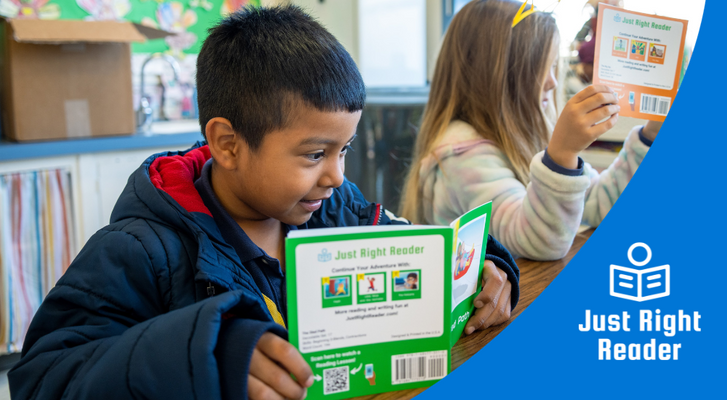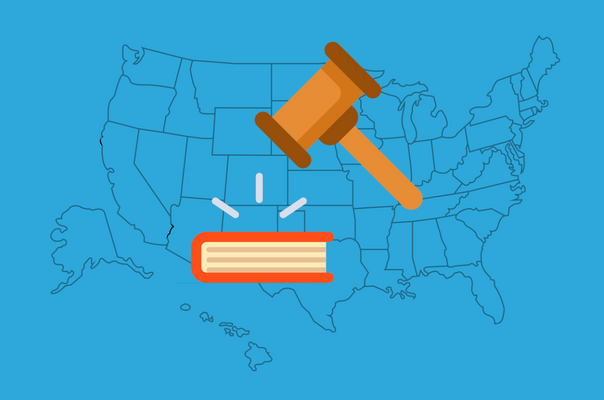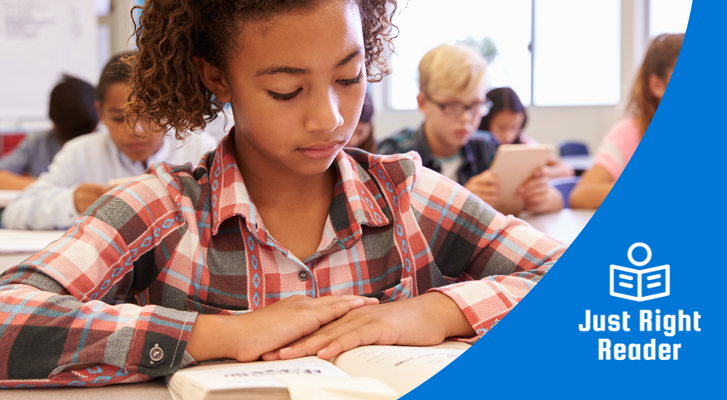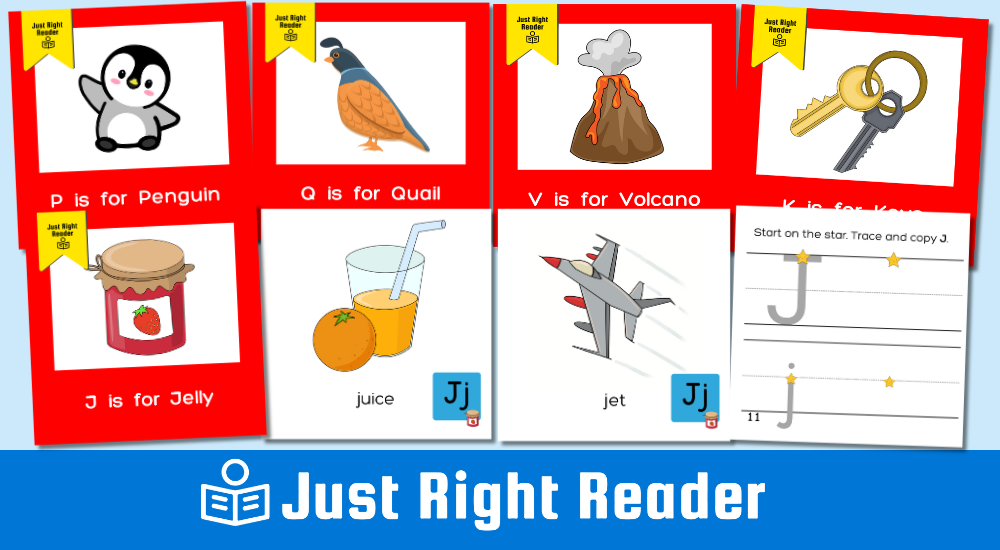
Learning to read doesn’t start in kindergarten - it starts well before that.
Advanced brain imaging and decades of ground-breaking research paved the way for literacy experts to understand just how vital early childhood phonological and phonemic awareness is in learning to read and write.
In a recentJust Right Reader Science of Reading Symposium, Dr. Lucy Hart Paulson, Literacy Expert and Co-author of LETRS Early Childhood, dove deep into this science to explain what we need to know about phonological awareness, when children develop these skills, and what we should do as educators to support our students.
What is Phonological Awareness?
Let’s review a few key terms before we dive in.
- Phonological awareness is the ability to recognize and manipulate spoken parts of words.
- Phonemic awareness is the ability to recognize and manipulate individual sounds (phonemes) in spoken words.

Top 4 Symposium Takeaways
1. There are three components that make up phonological awareness: rhyme awareness, syllable awareness, and phonemic awareness.
2. Phonological sensitivity begins before we are born.
3. The progression of phonological awareness development begins in early childhood.
4. The timeline for literacy development consists of 4 stages: pre-alphabetic, early alphabetic, later alphabetic, and consolidated.
3 Instructional Strategies to Support Phonological and Phonemic Awareness Development
Dr. Paulson provides a variety of engaging routines and activities that build a strong reading foundation.
Picture Puzzles for Blending and Segmenting
Prepare and use picture puzzles for students to put together and pull apart. Start with syllables, initial sounds, and finally, individual sounds.



Image source: Symposium onWhat's the "PHuss" about Phonemic Awareness and What Do We Need to Know?
Rhyme Routines
Pre-k - Kindergarten
- Rhyme children’s names while taking attendance and when dismissing them.
- Change the beginning sounds in students’ names to create a rhyme (e.g. Terry Berry, Chris Bris, Jaylon Chaylon).
- Use rhyming words while giving directions (“It’s time to go to the bribrary.” instead of the library).
- Point out words that rhyme in songs and children’s books.
Kindergarten - 1st grade
- Change children’s names to the sound corresponding to the letter patterns being taught when taking attendance (e.g., Mris, Mavid, Mohn, Mally).
- Use an alphabet chart and ask students to say a rhyming word as you point to aconsonant letter (e.g.,rope: bope, cope, dope, fope, gope, etc.).
- Create a chart using the phonetic patterns being taught to create a string of rhyming words and nonwords.
Word Chain Activity
Provide students with letters or syllables to move around as you give directions.

Throughout the symposium, Dr. Paulson reveals even more research about the importance of phonemic and phonological awareness.
- Where language and literacy synthesize in the brain
- Precursors of dyslexia in early literacy
- Tier 1 instruction guidelines for every student in pre-k through 1st grade
Click here to watch the full webinar replay.
